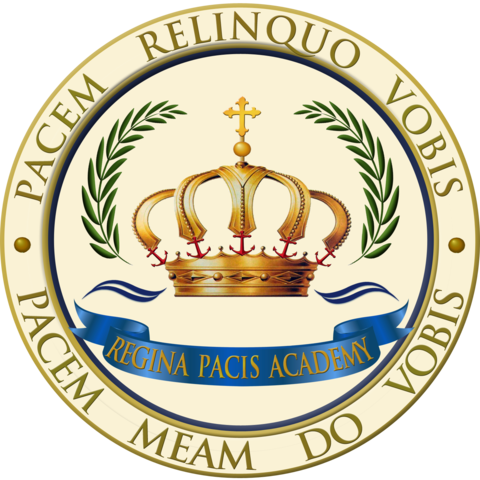The Classical Approach to Education
The classical approach to education, successfully used by the Church through the ages, is uniquely situated to convey the "permanent things" to young minds eager for truth. Classical pedagogy is suited to basic human nature and development and has been tested over centuries. Its purpose is not to teach the student everything, but instead to form in the student the ability to learn new material. Instead of teaching a student what to think, they are taught how to think. The classical model is rigorous and requires self-discipline, but it trains students to be analytical and to be able to draw conclusions, while fostering curiosity and love of learning.
Mirroring the natural and organic development of the human mind, the classical approach, also known as the Trivium, divides the stages of learning into three: grammatical, dialectical or logical, and rhetorical. The grammatical stage (grades K to 6) emphasizes memorization and the learning of fundamental rules through drills and repetition. As grammar is the foundation for learning language, this stage provides building blocks for later learning. The logical stage (grades 7 to 9) takes these skills acquired in the grammatical stage and employs them for use in logical constructions. The child learns cause and effect, how things relate to each other and how they fit together. A child is ready for this stage when he has the capacity for abstract thought. The rhetorical stage (grades 10 to 12) takes facts and logic from the previous stages and uses them finally for creative purposes. This is when a student learns how to express what he has learned in a coherent fashion and learns the art of persuasive argument.


